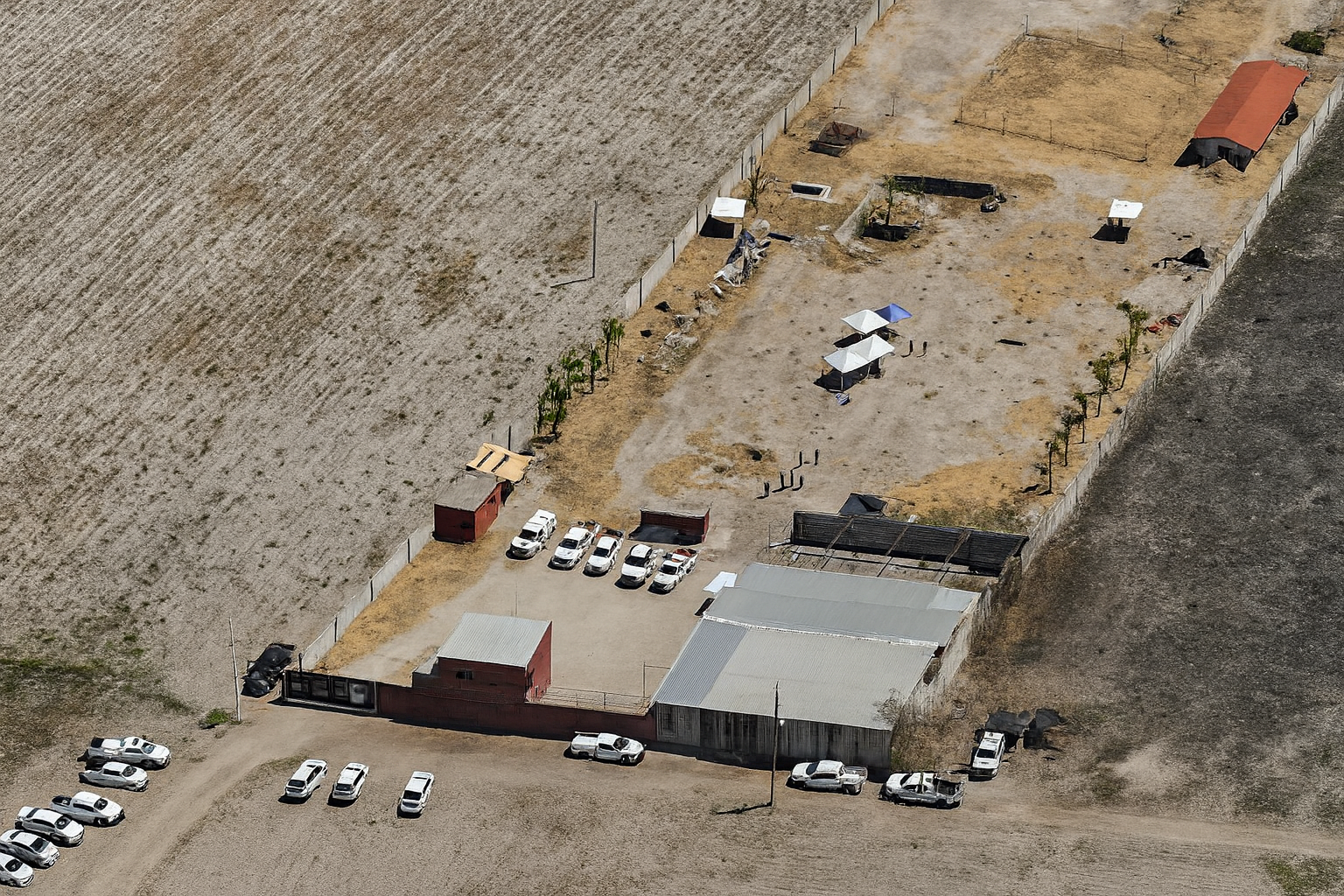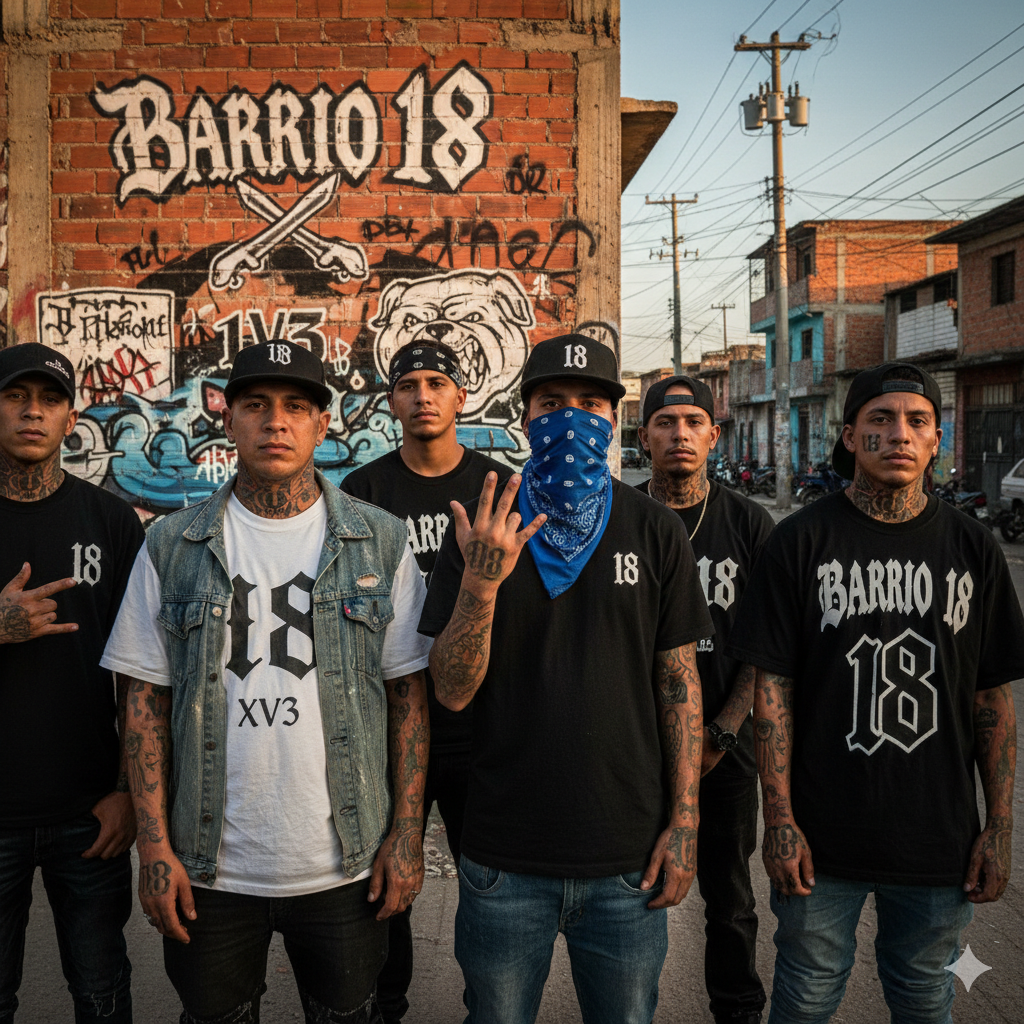In March 2025, OFAC issued an alert confirming that eight criminal organizations had been designated as Foreign Terrorist Organizations (FTOs) and Specially Designated Global Terrorists (SDGTs). Their U.S. assets are now blocked, and U.S. persons are broadly prohibited from transacting with them.
But who are these groups? What do they control? And how do their networks quietly move money, goods, and influence across the global financial system?
The FTO designations of eight cartel networks including Sinaloa, CJNG, and MS-13 represent a turning point in U.S. national security strategy. These are not just violent drug traffickers. They are transnational financial enterprises, deeply embedded in global supply chains, logistics corridors, crypto exchanges, and trade finance routes.
Let’s break them down cartel by cartel and spotlight the financial typologies that compliance teams must now map, monitor, and mitigate.
Primary Areas: Sinaloa, Baja California, Sonora, Durango
Key Actors: El Mayo Zambada, Los Chapitos
What They Control:
The Sinaloa Cartel has evolved from a kingpin empire into a decentralized criminal conglomerate. They are entrenched in fentanyl and cocaine trafficking, crypto-based laundering through Chinese intermediaries, trade-based money laundering via U.S. goods (like clothing and mango purée), and real estate front operations in Mexico and the U.S.
Typologies:
Primary Areas: Jalisco, Veracruz, and national reach
Key Actors: El Mencho
What They Control:
CJNG has used extreme violence to seize territory, but their power also lies in logistics. They control key Pacific ports, own illegal mining operations, and move meth and fentanyl across North America and Asia.
Typologies:
Primary Areas: Tamaulipas, Veracruz
What They Control:
One of Mexico’s oldest criminal groups, CDG now operates as a loose confederation of factions. Still dangerous, they specialize in flexibility including drug smuggling, extortion, kidnapping, fuel theft, and shell company laundering.
Typologies:
Primary Areas: Nuevo Laredo, Tamaulipas, Coahuila
What They Control:
CDN maintains a tight grip on border routes near Laredo, funneling migrants, drugs, and illicit funds across one of the busiest U.S. Mexico crossings. They are militarized and closely tied to human smuggling rings.
Typologies:
Primary Areas: Michoacán, Guerrero, Morelos
What They Control:
Known for brutality and deep political entrenchment, LNFM profits from meth and fentanyl production, extortion of local economies, and targeted violence against government officials.
Typologies:
Primary Areas: Michoacán
What They Control:
An alliance of smaller groups formed to drive out Los Zetas, CU is deeply embedded in local communities creating both violence and economic dependency.
Typologies:
Primary Areas: Venezuela, Colombia, Panama, Chile
What They Control:
A Venezuelan export of organized crime, Tren de Aragua is expanding across Latin America. Known for human trafficking, extortion, and bribery, they are also forging ties to Mexican cartels and laundering proceeds through migrant corridors.
Typologies:
Primary Areas: El Salvador, Honduras, U.S. (notably California, New York)
What They Control:
A transnational gang turned enterprise, MS-13 mixes violent street-level control with increasingly complex financial activity. Their drug revenues now feed into businesses, remittance abuse, and real estate purchases in the U.S.
Typologies:
The FTO designation means each of these groups is now officially recognized as a national security threat. Their U.S.-based assets are blocked. Providing material support even indirectly can result in criminal liability.
OFAC made it clear. These organizations have blocked property in the United States. That includes front companies, real estate, shell vendors, and even trade routes tied to fentanyl precursors.
Banks and corporates cannot afford a wait-and-see approach. Screening systems must evolve. Risk models must reflect behavioral and network indicators, not just sanctioned names.
→ Dive deeper: From Kingpins to Terrorists: The Evolution of U.S. Cartel Policy
The regulatory, reputational, and operational risks posed by Foreign Terrorist Organizations (FTOs) and cartel-linked entities have outpaced the capabilities of traditional screening solutions. Sigma360 was purpose-built for this challenge. Unlike legacy tools that rely on outdated watchlists or generic adverse media checks, our platform delivers a holistic, persistent view of FTO/DTO exposure at scale.
Our proprietary threat intelligence combines:
This intelligence is supported by an AI-driven engine that identifies and prioritizes risk based on behavioral patterns, not just entity names. Our platform is easy to deploy, with flexible delivery options that include API integration, batch screening, and advisory overlays.

Top global law firm, Skadden, warns that knowingly facilitating a transaction on behalf of a designated cartel, even though willful blindness, may...

On September 23, 2025, the U.S. Department of State formally designated the 18th Street gang as both as Foreign Terrorist Organization (FTO) and a...

Last week, the Basel Institute on Governance released its 2020 edition of the Basel AML Index. And what a surprise it was to discover that the...
